America's Biggest Wildlife Conservation Success Stories
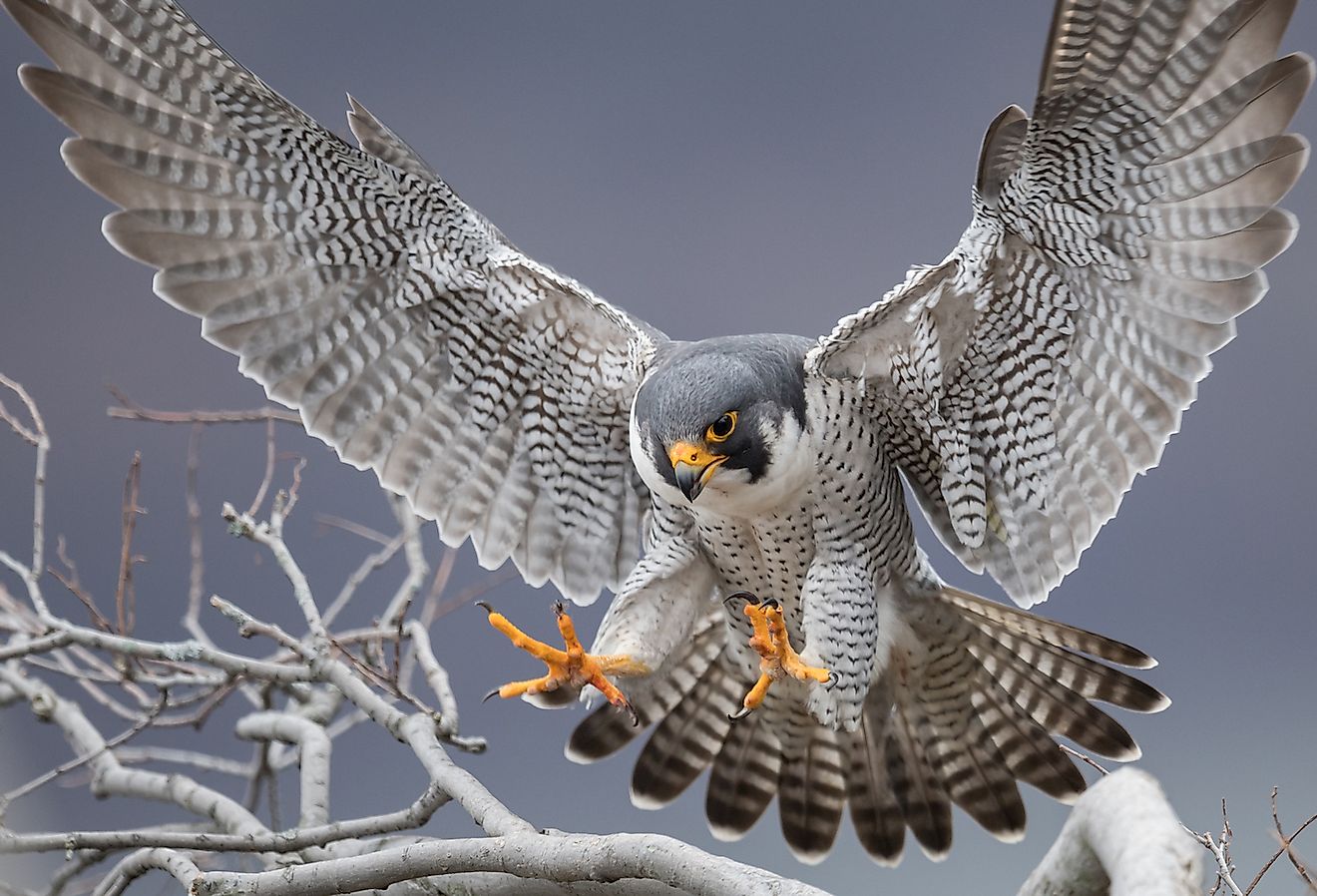
- While many species are currently at risk of becoming extinct in the US, there are a handful that have come back from the brink of elimination due to successful wildlife conservation efforts.
- Due to the use of pesticides, bald eagles were nearly extinct in the 1960s, but they were offered official protection when the Endangered Species Act was passed in 1973.
- By 1980, eighty percent of the Louisiana black bears’ habitat had been destroyed, but thanks in part to public and private conservation efforts, their territory has largely been revitalized.
- A victim of overhunting and habitat loss, the American alligator was on the endangered list for exactly twenty years before their population rose to approximately five million.
There are approximately 1,200 animals that are threatened or endangered in North America, including the Florida panther, the whooping crane, the green sea turtle, and the shortnose sturgeon. While these animals are currently at risk of becoming extinct, there are a handful that have come back from the brink of elimination due to successful wildlife conservation efforts. The following examines eight such cases. They act as living proof that the others can also be saved.
8. Bald Eagle
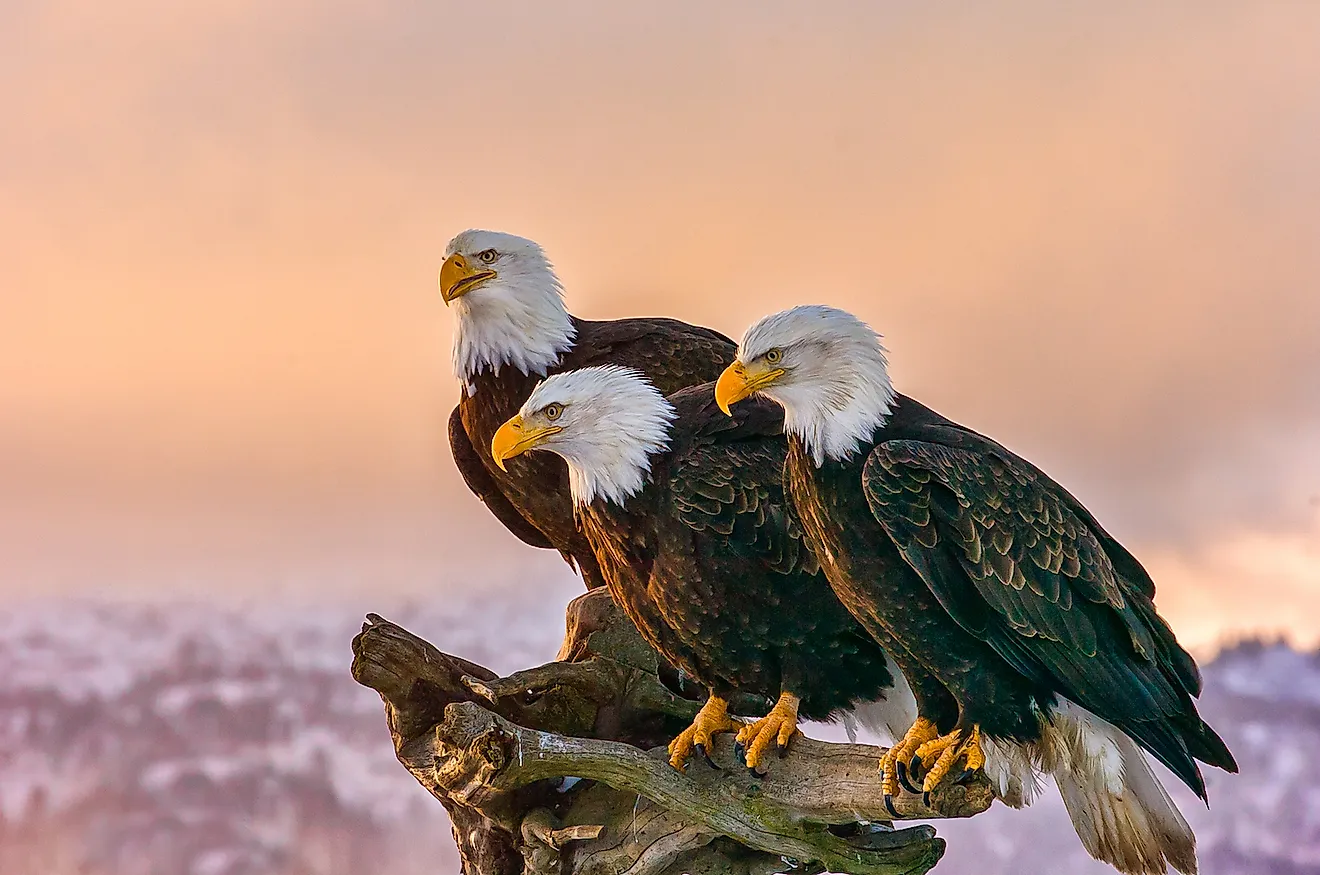
The bald eagle has been the national bird of the United States since 1782, but the development of DDT—one of the first synthetic pesticides—posed a serious threat to the majestic animal back in the mid-1900s. Due to its use, chemicals poisoned numerous lakes and streams, ultimately contaminating their main food source: fish. Illegal hunting and destruction of habitat also contributed to their dwindling numbers. By the 1960s, bald eagles were nearly extinct, their population as low as 480. However, they were offered official protection when the Endangered Species Act was passed in 1973. With the help of other federal initiatives, their numbers slowly began to rise, until they were finally removed from the list of threatened species in 2007. Today, there are approximately 14,000 bald eagles living throughout the United States.
7. Peregrine Falcon

The peregrine falcon may be the fastest bird in the world, but their numbers also declined due to the use of DDT. By the 1970s, there were only approximately 320 left in the United States; in fact, the situation grew so dire that they were considered locally extinct in some of the eastern states. But by 1972, the use of DDT was prohibited, helping the peregrine falcon and the aforementioned bald eagle rebound in numbers. A year later, the former found protection under the Endangered Species Conservation Act of 1969, the short-lived predecessor of the 1973 act. With the help from Canadian wildlife agencies and various captive breeding and reintroduction programs, the peregrine falcon was saved from extinction and officially removed from the threatened species list in 1999. Today, there are roughly 6,000 soaring across North American skies.
6. Wild Turkey
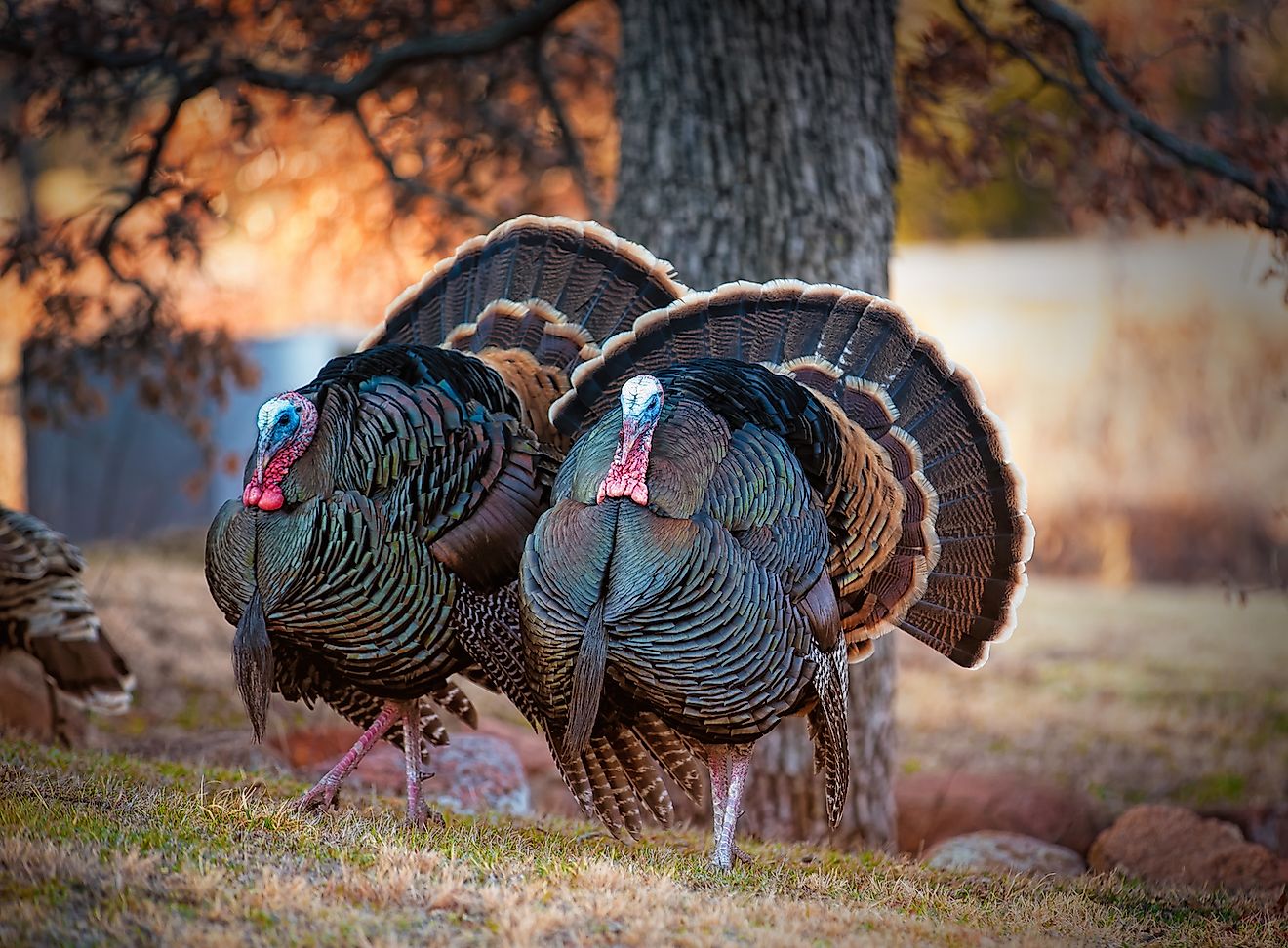
There was such an abundance of wild turkeys when the colonizers first arrived that they were considered an unlimited food source and hunted without restrictions. To make matters worse, other activities such as logging razed entire habitats. By the beginning of the twentieth century, they had completely vanished from eighteen different states and by 1940, only two percent of their original population remained. Conservationists grew increasingly concerned with their dwindling numbers and called for governmental action. As a result, protected areas were created and newly introduced game laws were enforced. Due to these efforts and those of various organizations like the National Wild Turkey Federation, there are currently seven million wild turkeys gobble-gobbling about the country.
5. The Island Fox
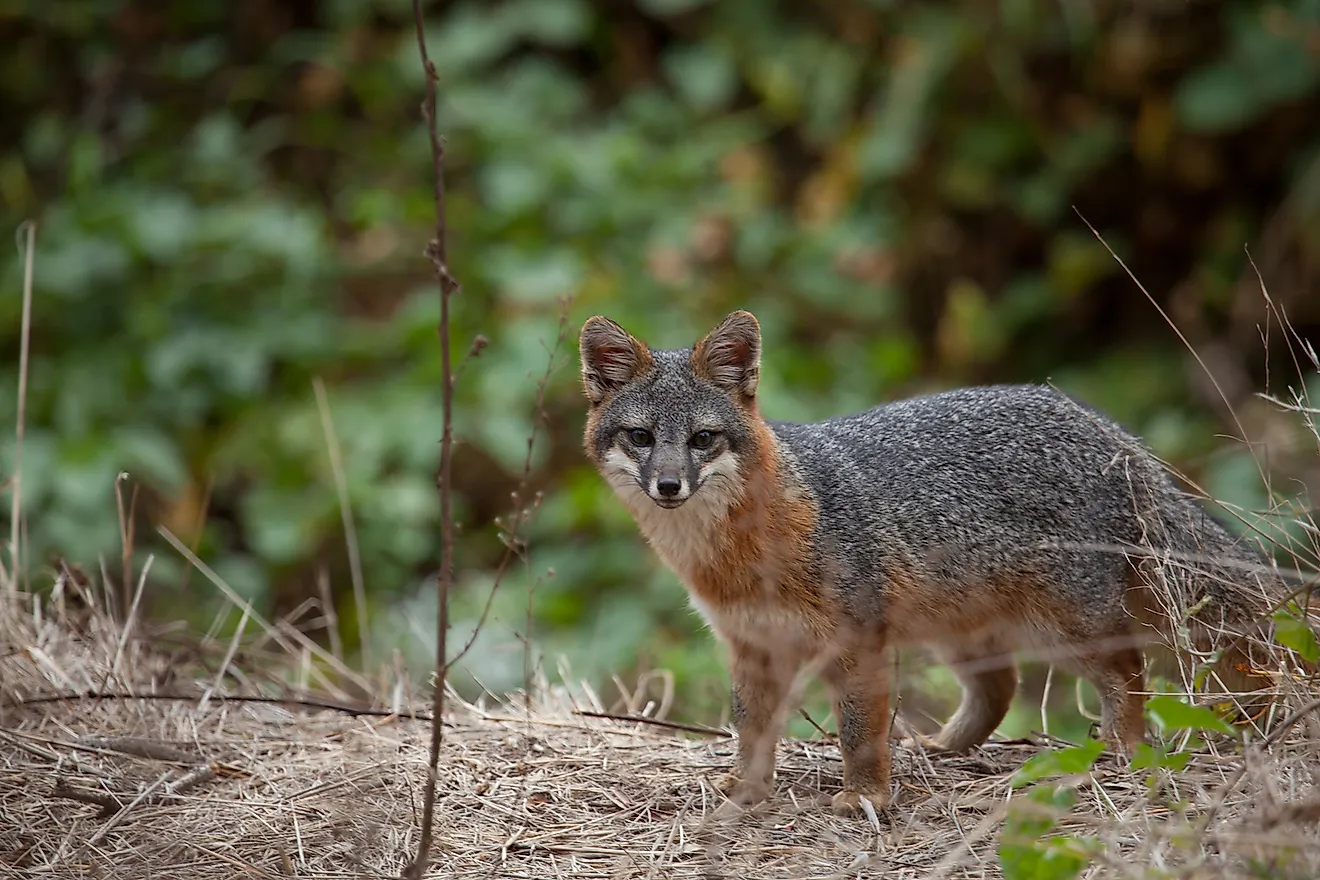
The island fox is a small mammal only found on the Channel Islands located off the coast of southern California. During the late 1900s, their population decreased up to ninety percent. On Santa Catalina, they were the victim of a deadly virus passed on from an invading raccoon. On three other islands, they were preyed on mercilessly by golden eagles who moved in due to the absence of bald eagles. In 2004, they were officially considered an endangered species. Through various captive breeding programs, the relocation of golden eagles to northern California, and the eventual return of bald eagles, the island fox population began to rise until they were finally removed from the list in 2016. They are one of the fastest mammals to recover in the United States under the Endangered Species Act.
4. Gray Wolf
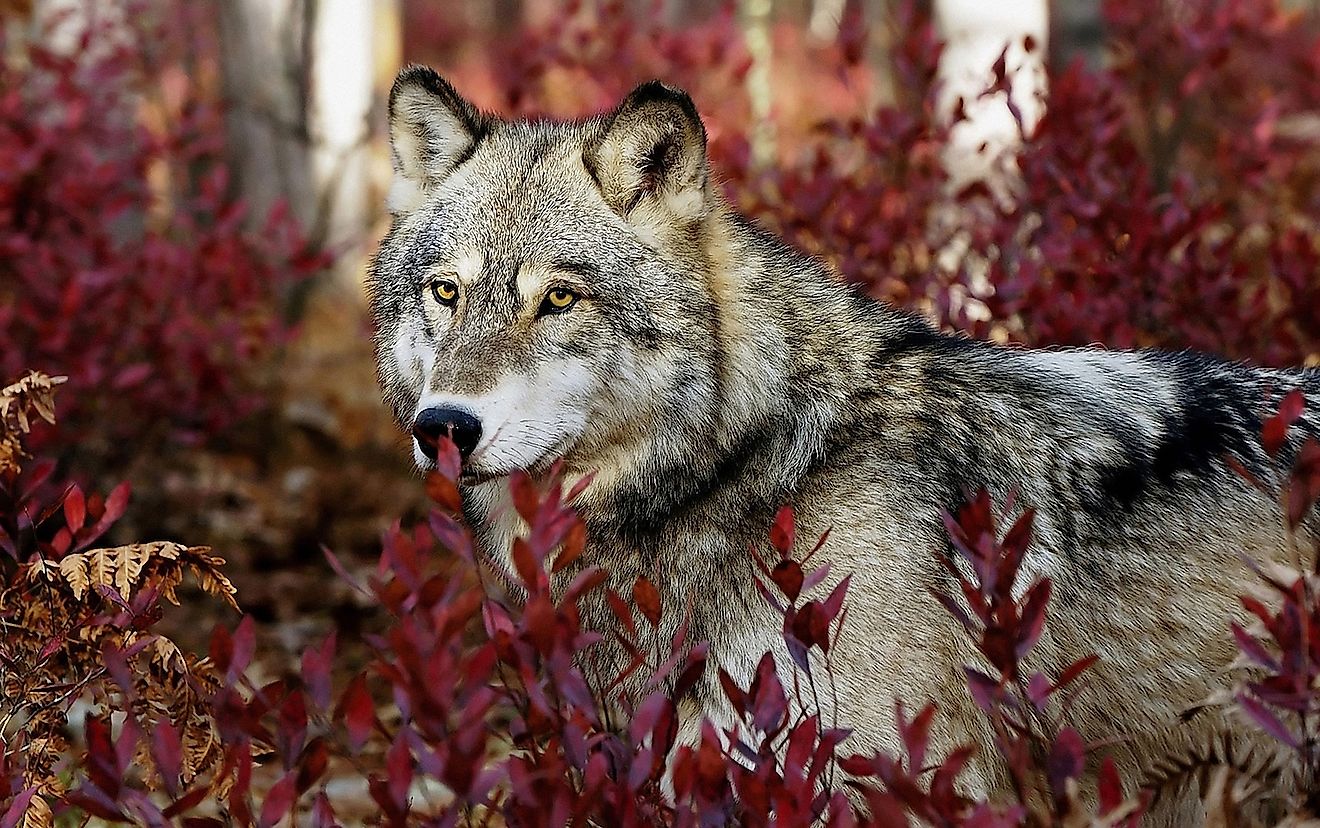
Gray wolves used to roam freely throughout two-thirds of the United States. At their height, it is estimated that their numbers were as high as two million. However, these regal creatures were hunted throughout history and their habitats largely destroyed. By the 1960s, they were close to extinction, with only 300 of their kind living deep in the woods of Wisconsin and Minnesota. Because they are crucial to the balance of various natural ecosystems, gray wolves were granted protection under the Endangered Species Act in 1974, a year after its establishment. Due to intense conservation efforts such as breeding and reintroduction programs, their population and territory began to grow. Today, there are approximately 6,000 gray wolves living in numerous states across the US, including Idaho, Wyoming, and Washington.
3. Louisiana Black Bear
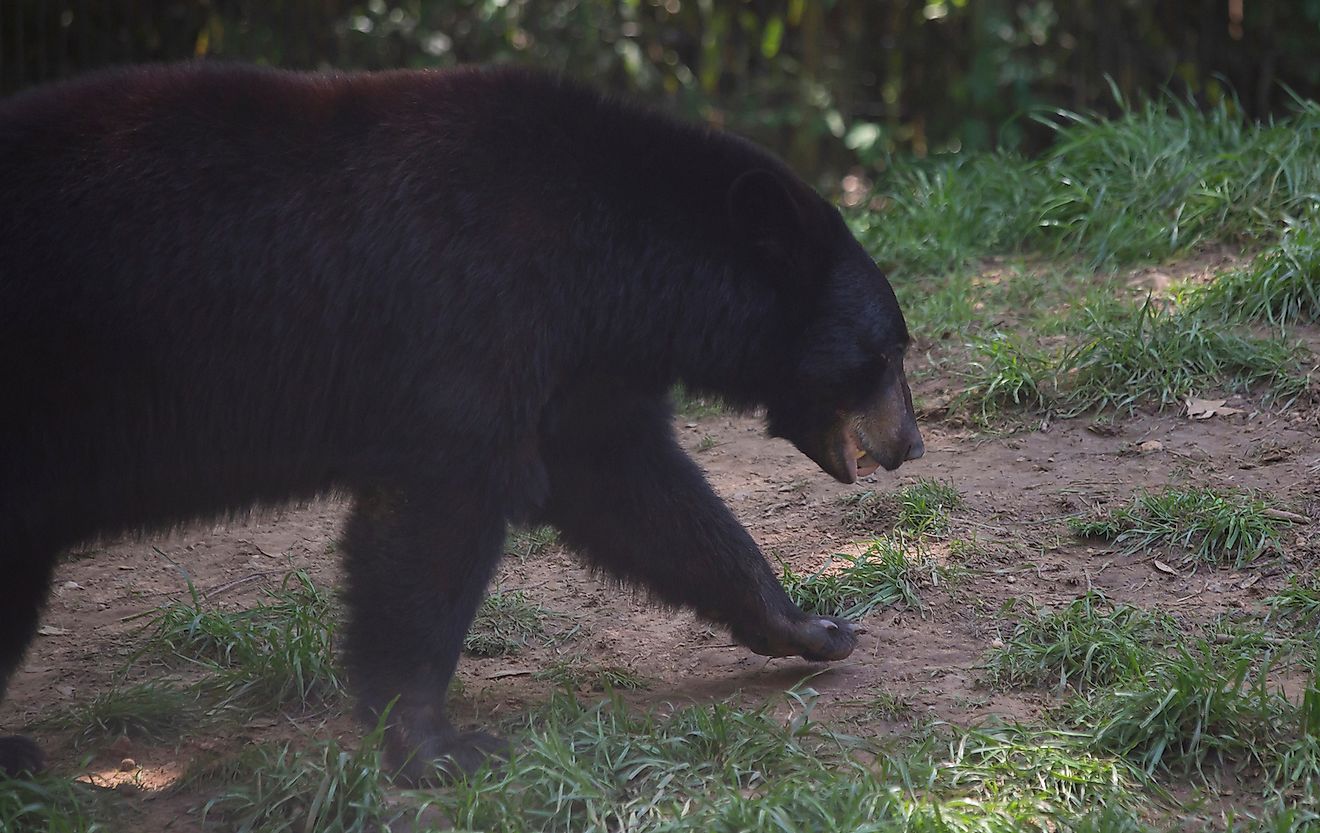
The Louisiana black bear is one of sixteen subspecies of American black bear. Unsurprisingly, they live in Louisiana as well as parts of eastern Texas and western Mississippi. However, intense habitat loss due to rapid agricultural development posed a serious threat to their population. By 1980, eighty percent of their land had been taken away or completely destroyed. As a result, they were officially listed as an endangered species in 1992. Public and private efforts aimed to restore their numbers. Rehabilitation programs, environmental regulations, and incentives for landowners have all contributed to the revitalization of their habitats. As of 2016, they were no longer considered a threatened species. Today, there are approximately 750 Louisiana black bears, double the amount from back in 1992.
2. American Alligator
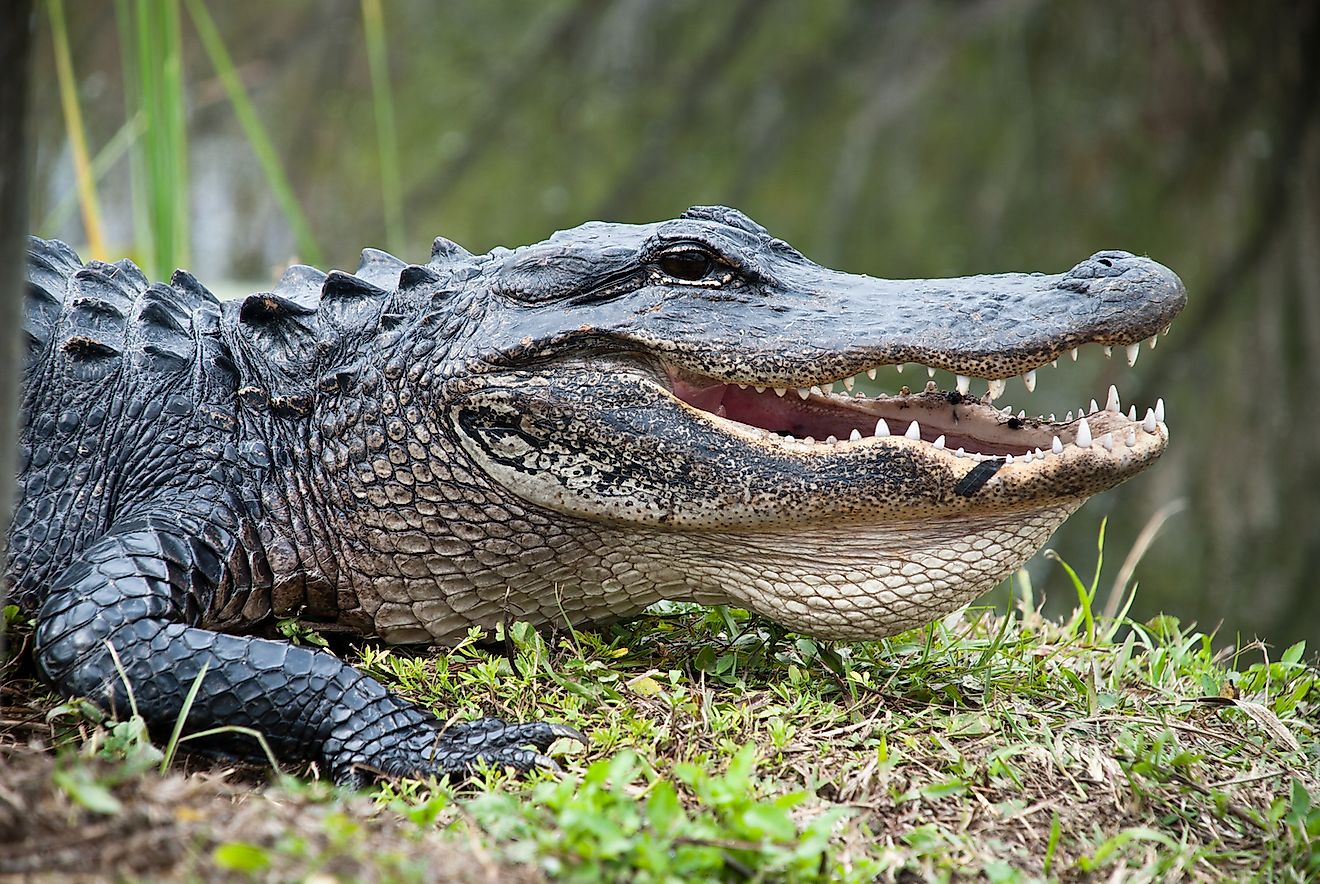
Alligators have thrived for over 200 million years, making them one of the oldest existing species. But back in the mid-1900s, the American alligator experienced a population decrease to near-extinction levels as a result of overhunting and trade. Destruction of the country’s wetlands for the purpose of development also posed a significant threat. However, the American alligator plays such an important role in their native ecosystem that it was placed on the endangered species list in 1967. In addition to the creation of hunting and habitat regulations, several wildlife agencies introduced captive breeding programs to rectify the problem. Their numbers increased so drastically that by 1987, exactly twenty years later, they were removed from the list. Approximately five million American alligators currently reside in the southern United States.
1. Robbins’ Cinquefoil
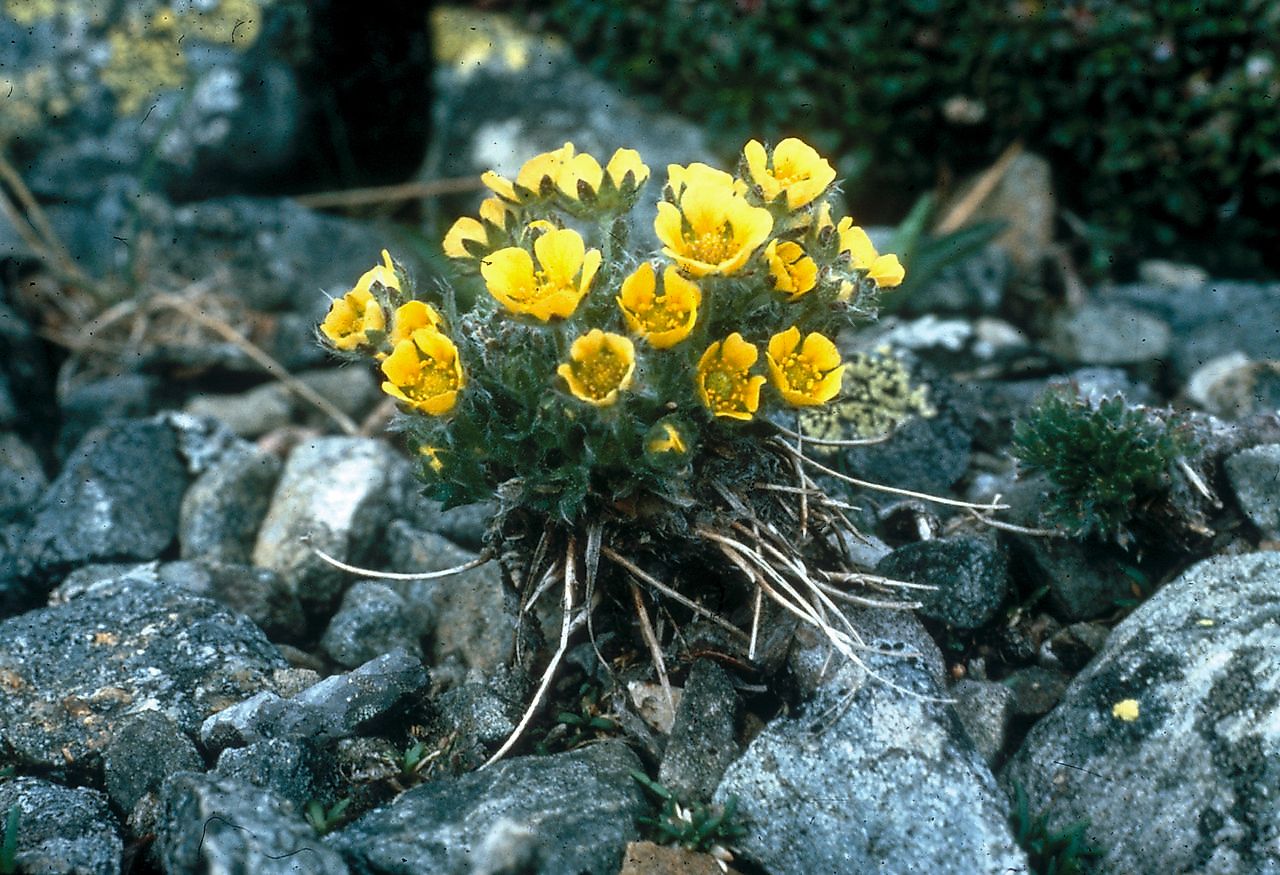
Not all wildlife conservation success stories are animal-related. For example, Robbins’ cinquefoil is a perennial plant known for its yellow flowers. Located in the White Mountains of New Hampshire, 95 percent of the world’s total population grew in just one acre of land along the Crawford Path. Over the years, they were picked by collectors at an alarming rate or trampled by careless hikers. Overseen by the US Fish and Wildlife Service, recovery work soon began after they were declared an endangered species in 1980. The area was closed off to the public, hiking trails were rerouted, and experimental satellite colonies were established. All efforts paid off when the Robbins’ cinquefoil began to flourish again, rising from 1,800 to 4,800 plants by 2006. They were even delisted four years prior in 2002.











